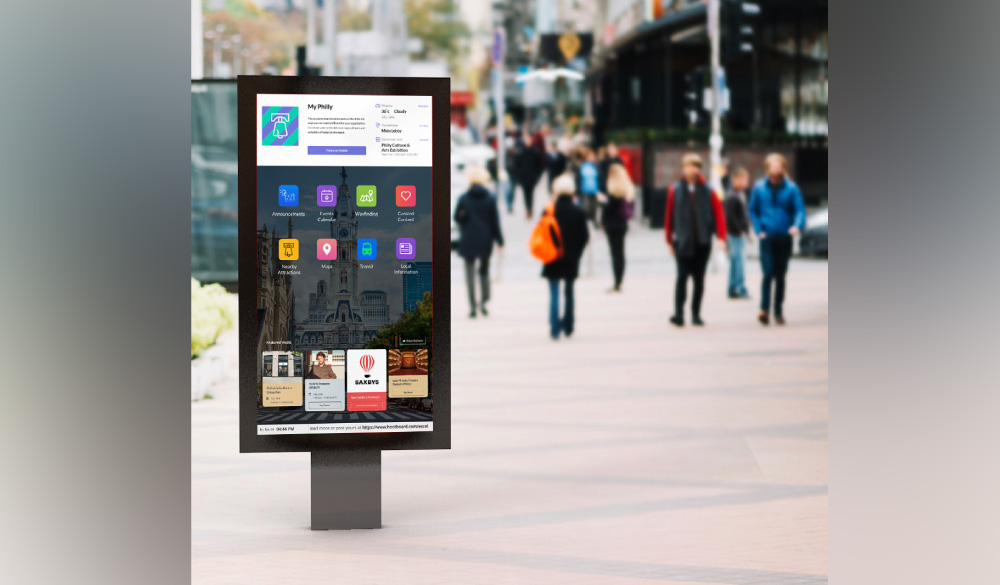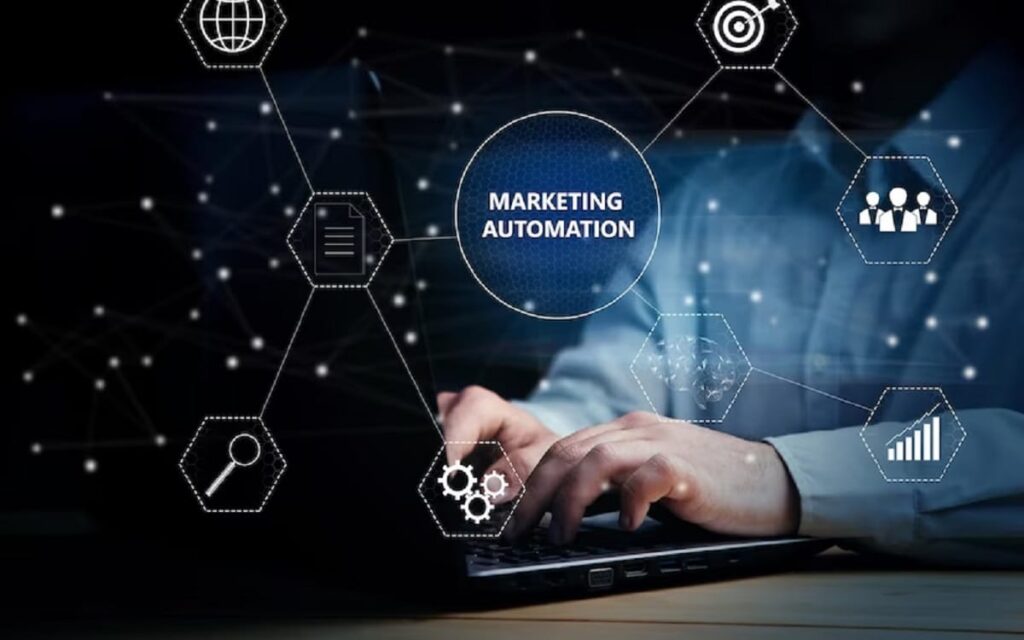In today’s fast-paced and technology-driven world, the efficiency and effectiveness of navigating through the physical spaces of businesses have become more important than ever. The traditional static signs are no longer adequate to accommodate the dynamic needs of modern enterprises and their clientele. This is where interactive wayfinding solutions come into play – a key component in enhancing the customer experience and operational efficiency within various industries.
Understanding Interactive Wayfinding
At its core, interactive wayfinding involves using digital technologies to guide people through a physical environment. It displays easy-to-understand directions and can be updated in real time to account for changes such as temporary obstructions or updated room assignments. It’s particularly valuable in large or complex buildings, such as shopping malls, hospitals, airports, and corporate campuses, where visitors can easily become disoriented.
The introduction of interactive digital signage as a wayfinding tool is a game-changer in this space, transforming the user experience from confusion to clarity. A user-friendly interface allows individuals to interact with the information, often through touchscreen technology, and find their destination quickly and efficiently, without the frustration of traditional wayfinding methods.
The Benefits of Interactive Wayfinding for Businesses
For businesses, the deployment of interactive wayfinding solutions can result in numerous benefits. First and foremost, these systems improve visitor satisfaction by providing a stress-free navigation experience. High levels of satisfaction are crucial not only for retaining customers but also for attracting new ones through positive word-of-mouth.
Moreover, well-implemented wayfinding systems can reflect a company’s commitment to technological innovation and customer care, subsequently strengthening brand perception. It streamlines the movement of people within the premises, reducing the likelihood of late or missed appointments and enhancing the overall operational flow.
Cost Efficiency and Data Collection
Another significant advantage is cost efficiency. While the initial investment in interactive wayfinding might seem substantial, the long-term savings on print costs and staff resources – typically required for aiding lost visitors – are considerable. Additionally, data collected from user interactions can offer valuable insights into traffic patterns and popular destinations within a venue, allowing businesses to optimise space and service allocations accordingly.
Interactive Wayfinding in the Hospitality Industry
Specific industries, such as hospitality, have unique considerations for wayfinding. The sheer size and complexity of facilities like hotels, resorts, and convention centres necessitate a robust system to ensure guests can navigate with ease.
Exceptional guest experience is the cornerstone of the hospitality industry, and hotel signage plays a pivotal role in achieving this. From guiding guests to their rooms and hotel amenities to helping them explore meeting spaces and dining options, interactive wayfinding is an indispensable tool for modern hotels striving to provide impeccable service.
Design and Customisation
The customisability of digital wayfinding systems also allows hotels to incorporate their brand elements into the design, creating a cohesive brand experience from the lobby to guest rooms. Moreover, these systems can be integrated with other hotel technologies, such as booking systems, to provide guests with real-time information about their stay, events, and promotions.
Implementing Interactive Wayfinding
When implementing interactive wayfinding, there are several factors that businesses must consider to ensure the system effectively meets users’ needs. The design must be intuitive, so users with varying levels of technological literacy can interact with it. Accessibility is another critical consideration; the system should cater to individuals with disabilities, following the guidelines and legal requirements for accessibility.
Furthermore, the placement of interactive signs must be strategic to capture the attention of visitors at key decision points, like entrances, elevator banks, and junctions. Navigation paths should be logical, and information must be concise to prevent overwhelming users with excessive detail.
Maintaining and Updating Wayfinding Systems
Equally important is the maintenance and updating of wayfinding content. Since the accuracy of the information is imperative, businesses need to establish protocols for regular updates and checks, particularly when changes in layout or available services occur.
The Competitive Edge of Interactive Wayfinding
Businesses that employ interactive wayfinding technology effectively can create a definitive competitive edge. In a landscape where consumers are inundated with choices, the ease of navigation and positive first impressions can be determining factors in their decision-making process. By offering innovative solutions that demonstrate an understanding of customer needs, businesses underscore their reputation as forward-thinking, customer-oriented establishments.
In conclusion, interactive wayfinding is much more than just a modern convenience—it is a strategic tool that enhances the user experience, strengthens brand identity, and improves operational efficiencies. As technologies evolve, interactive solutions will continue to set apart businesses that are willing to invest in creating seamless, engaging, and intuitive environments for their clients and visitors. Employing cutting-edge interactive digital signage and specialised hotel signage systems is becoming the benchmark for modern business excellence, and the importance of this evolution cannot be overstated.








